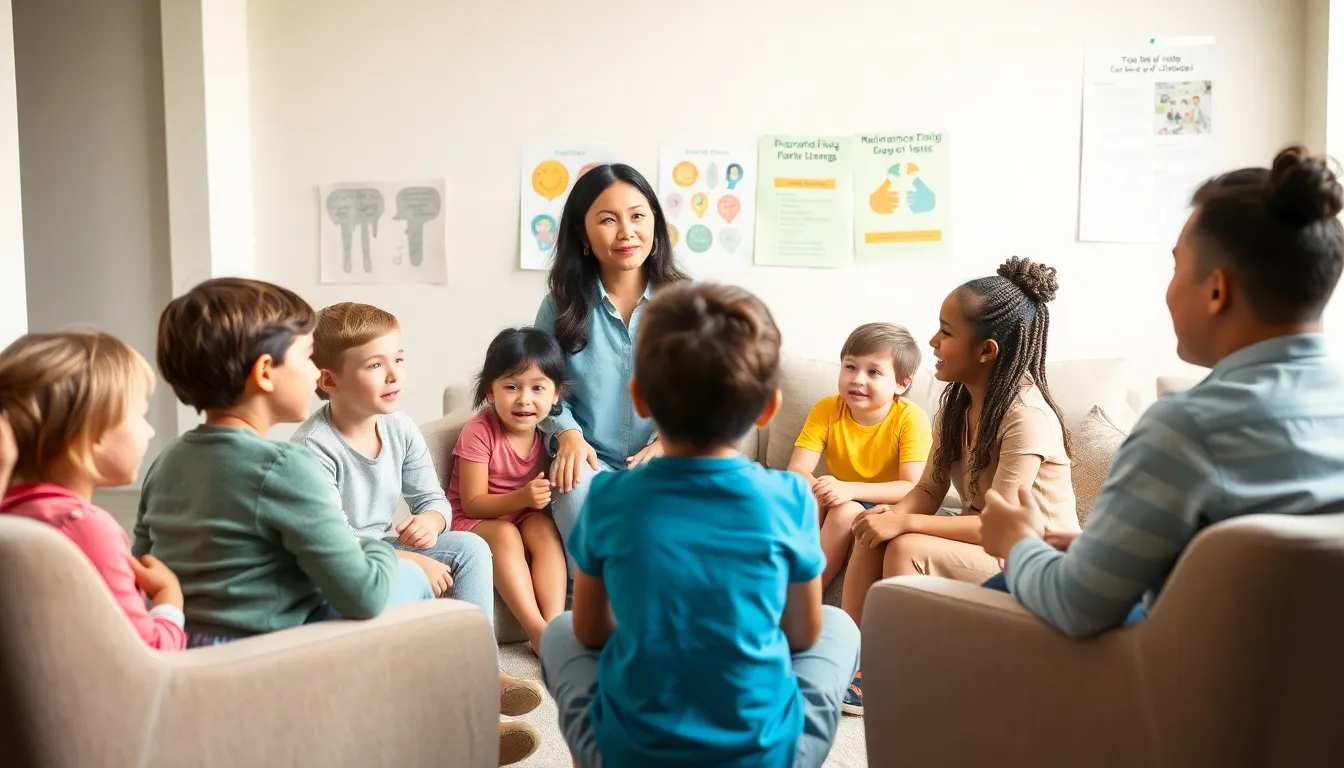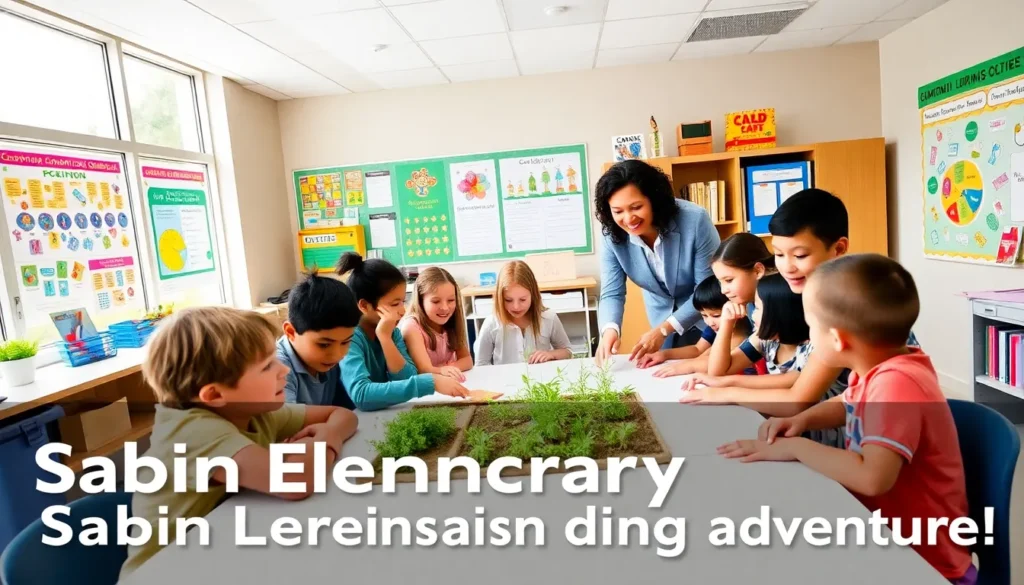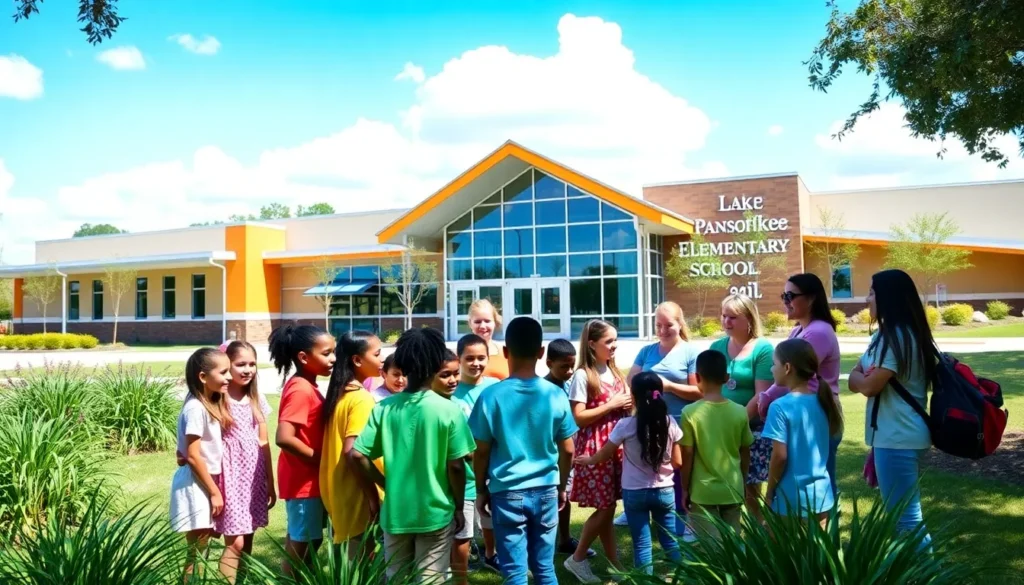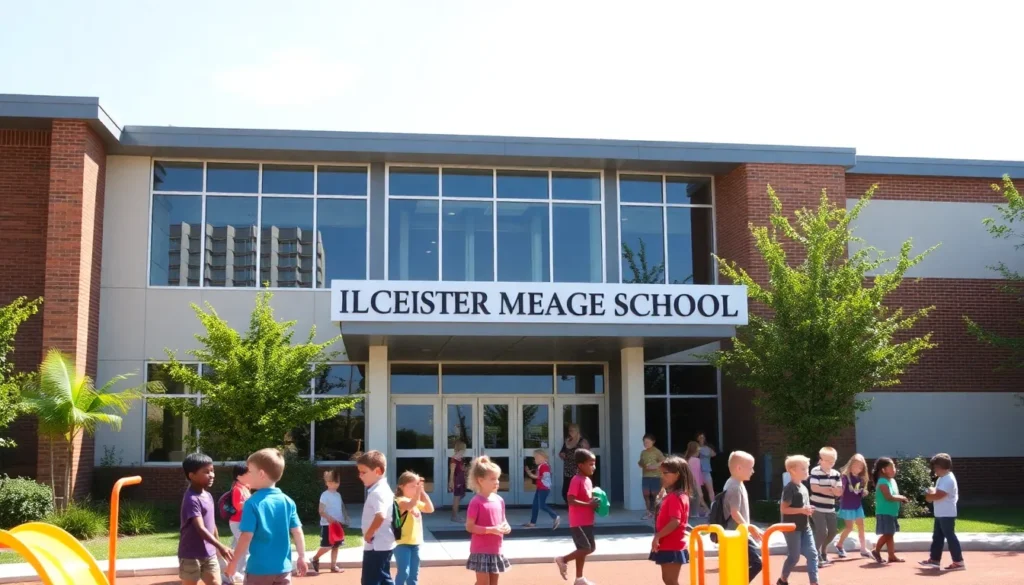Divorce breeds a whirlwind of emotions, not just for the adults involved but also for innocent kids caught in the chaos. Parenting after divorce can feel like trying to assemble IKEA furniture without the instructions, frustrating and confusing. But don’t fret. With the right strategies, you can create a nurturing environment that sets your children up for success. Get ready to explore the critical aspects of co-parenting, communication, and fostering stability so you can thrive together in this new chapter.
Table of Contents
ToggleUnderstanding the Impact of Divorce on Children

When the family unit changes, children often find themselves navigating uncharted emotional waters.
Emotional Responses to Divorce
Children process divorce in ways that are as unique as they are. Common feelings include sadness, anger, confusion, and even relief. Some children might cry openly, while others may retreat into silence or display unexpected anger. This emotional fallout can show itself in various ways, such as changes in mood or academic performance. Recognizing these emotional responses is the first step in addressing them appropriately and fostering a sense of security.
Behavioral Changes in Children
Following a divorce, behavioral changes can be common as children respond to their new reality. Some kids might become clingy, craving the comfort of familiarity. Others may act out, testing boundaries as they grapple with shifting dynamics. It’s essential to approach these behaviors not as defiance but as a cry for help. Observation, understanding, and a supportive response can transition these moments from challenging to teachable.
Maintaining a Supportive Environment
Creating a supportive environment is pivotal in helping kids navigate this tumultuous time.
Co-Parenting Strategies for Success
Consistency is key. It’s crucial for both parents to agree on rules and expectations that can be maintained across households. Establishing schedules that allow for quality time with both parents fosters a sense of stability and assurance. It’s about working together, even when it feels like you’re on completely different wavelengths. This collaboration can create a team approach that benefits everyone involved.
Effective Communication Techniques
Communication can become a minefield after divorce, but keeping it respectful can make navigating this terrain much easier. Stay focused on the children’s needs, avoid discussing the past, and prioritize kindness in every conversation. Tools like family meetings can help in keeping everyone on the same page. What’s more, active listening goes a long way, acknowledging each parent’s feelings and understanding their vantage point can smooth over many rough spots.
Setting Boundaries and Consistency
Establish clear boundaries about parenting roles and responsibilities. This reduces confusion for the children and helps them understand what’s expected of them. Consistency also brings comfort: children thrive when they know what comes next. Whether it’s bedtime routines or school pick-ups, maintaining similar structures across both households reinforces a sense of security.
Managing Conflicts with a Co-Parent
Even the best-laid plans can falter during a divorce. Conflict management is vital.
Developing a Co-Parenting Plan
Drafting a co-parenting plan can set the stage for smooth sailing. This roadmap should outline parental responsibilities, visitation schedules, and financial obligations. It helps to approach this collaboratively, aiming for a solution that prioritizes the children’s best interests. The plan can be flexible, adapting as the children grow and their needs change.
Navigating Legal and Financial Considerations
Each parent’s financial situation impacts everything from child support to schooling options. With legal matters often adding weight to already heavy emotions, involving a mediator can prove invaluable. This neutral ground can help discussions, making it easier for parents to reach agreements while ensuring their focus remains on the children.
Promoting Positive Relationships with Children
Children thrive when relationships are nurtured, even amidst challenges.
Encouraging Open Dialogue
Open lines of communication foster trust and security. Encourage your children to express their feelings about the divorce. By validating their emotions, you create a safe space for them to navigate their complex feelings. Simple prompts or open-ended questions can ease children into sharing their thoughts and fears.
Involving Children in Decision-Making
Whenever appropriate, involve your children in decision-making processes. Whether it pertains to activities, schedules, or family outings, giving them a say helps instill a sense of control in a world otherwise defined by upheaval. This approach can promote autonomy and reinforce their value in the family unit.
Focusing on Stability and Routine
Routines offer children the security they crave after a life-altering experience.
Seeking Professional Help When Needed
If emotional fallout runs deeper, don’t hesitate to seek help from professionals. Therapists specializing in family dynamics can provide tailored strategies for coping with the aftermath of divorce, guiding both parents and children toward open, honest dialogue and healing.
Resources for Divorced Parents
Fortunately, many resources are available to make the transition smoother. From online forums that help peer support to workshops focusing on parenting strategies, it’s important to tap into these communities. Books and articles discussing child psychology and co-parenting strategies can also be valuable. Seeking advice from those who have walked similar paths can provide insights that wouldn’t emerge in isolation.









